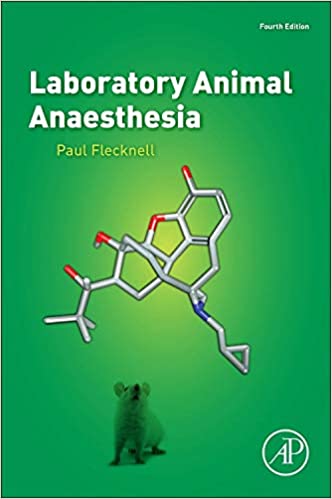

Most ebook files are in PDF format, so you can easily read them using various software such as Foxit Reader or directly on the Google Chrome browser.
Some ebook files are released by publishers in other formats such as .awz, .mobi, .epub, .fb2, etc. You may need to install specific software to read these formats on mobile/PC, such as Calibre.
Please read the tutorial at this link: https://ebookbell.com/faq
We offer FREE conversion to the popular formats you request; however, this may take some time. Therefore, right after payment, please email us, and we will try to provide the service as quickly as possible.
For some exceptional file formats or broken links (if any), please refrain from opening any disputes. Instead, email us first, and we will try to assist within a maximum of 6 hours.
EbookBell Team

4.1
70 reviewsLaboratory Animal Anaesthesia, Fourth Edition provides a basic guide to anaesthesia for a very diverse audience needing content, with straight-forward, structured style of writing. Updated with effects of anaesthetics in different laboratory species, including sources of dose rates will be incorporated into tabular material. New information on pain assessment and pain management will be covered, and an increased emphasis on rats and mice for anaesthesia and perioperative care. With newly revised, full color illustrations to facilitate best learning, Laboratory animal Anesthesia, Fourth Edition provides procedures, key points and invaluable advice from a well-known and respected veterinary anesthetist and scientist with over 30 years of experience in the field.
Key FeaturesResearchers, graduate students and veterinarians in all fields across biological and biomedical research, animal technicians, animal care staff, veterinary anaesthetists, and veterinarians
Table of ContentsChapter 1. Basic Principles of Anaesthesia
Chapter 2. Managing and Monitoring Anaesthesia
Chapter 3. Special Techniques
Chapter 4. Analgesia and Post-Operative Care
Chapter 5. Anaesthesia of Common Laboratory Species: Special Considerations
Appendix 1. Recommended Techniques and Physiological Data. When No Injectable Anaesthetic Is Recommended, Inhalational Agents Should Be Used
Appendix 2. Estimation of Required Quantities of Volatile Anaesthetics and Anaesthetic Gases
Appendix 3. Examples of Dilutions of Anaesthetic Mixtures for Small Rodents